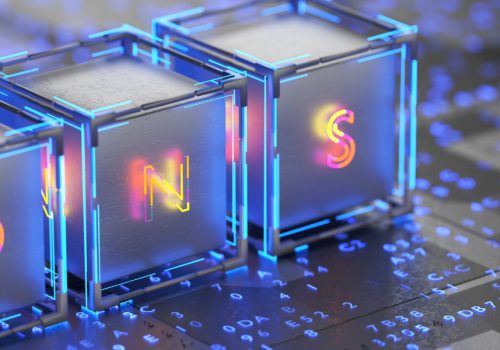The world of digital security is changing quickly right now because we are at the forefront of the Web3 revolution. Web3 technologies are decentralized, which means they offer both great possibilities and unique challenges, especially when it comes to security. As someone who works in this field full-time, I’ve seen firsthand how creative solutions are being developed to address these challenges.
The Evolving Threat Landscape in Web3
The decentralized nature of Web3 introduces novel attack vectors and security concerns that traditional cybersecurity measures are ill-equipped to handle. Smart contract vulnerabilities, consensus attacks, and privacy leaks in blockchain transactions are just a few challenges that security professionals must grapple with in this new era.
- The Changing Face of Web3 Security
Traditional security measures are unable to address the novel attack vectors introduced by Web3’s decentralized design. Some problems we have to deal with are weak spots in smart contracts, attacks on consensus, and privacy issues in blockchain transfers.
- Smart Contract Security: Beyond Bug-Free Code
At the beginning of my work with smart contracts, I quickly learned that security is more than just writing code that doesn’t have any bugs. It’s about knowing the economic incentives, how contracts might interact with each other, and the unique limits of blockchain environments. Formal proof has become a very useful tool in this area.
- Consensus Mechanisms: The Backbone of Decentralization
For decentralized networks to remain trustworthy, consensus mechanisms’ security is crucial. To address weaknesses in conventional proof-of-work and proof-of-stake systems, cutting-edge solutions like hybrid consensus mechanisms are being created.
Emerging Solutions in Web3 Security
- Zero-Knowledge Proofs: The Privacy Paradox
There are increasingly more zero-knowledge proofs (ZKPs), which is one of the most exciting changes in Web3 security. These cryptographic methods let information be checked without showing the information itself, solving the problem of privacy in an open system.
- Decentralized Identity: Putting Users in Control
The way we think about digital identity and access control is changing because of decentralized identity solutions. Decentralized Identifiers (DIDs) projects are making it possible for digital identities that are owned by users and can be checked.
- AI and Machine Learning in Security
AI and machine learning are expanding to make security better as Web3 systems get more complicated. In order to find strange transaction trends and find holes in smart contract code, these technologies are quickly becoming essential security tools.
- Microsoft’s AI Offerings: Enhancing Web3 Security
It’s important to note that big tech companies like Microsoft are also making big steps forward in AI, which could affect the security of Web3. One example of a set of tools that could be used to improve security in decentralized systems is Microsoft’s Azure AI services.
You can build, train, and run machine learning models in Azure Machine Learning. These models could be used to find threats in blockchain networks. Azure Cognitive Services has AI models that can do things like find strange patterns and understand normal language. These models could be useful for looking at smart contract codes and blockchain transactions.
As Microsoft works to add AI to current business programs, it fits in well with what Web3 projects need. This could mean that advanced security measures can be added easily to decentralized programs.
Challenges and Future Directions
There are still a number of challenges, despite our great progress:
- Scalability vs. Security: It’s still hard to find a good balance between strong security and fast speed.
- User Experience: For widespread adoption, it is crucial to make complex security methods user-friendly.
- Cross-Chain Security: It’s becoming more and more important to make sure security across different blockchain networks as the Web3 ecosystem becomes more linked.
- Quantum Resistance: Researchers are working on quantum-resistant methods because quantum computing could be a threat to current cryptographic systems.
Looking Ahead
As we look to the future, I’m excited about how things will keep getting better in places like:
- Advanced privacy-preserving technologies
- Cross-chain security solutions
- AI-driven security tools for prediction and prevention
- Decentralized security oracles
The road ahead for Web3 security is both hard and exciting. We can create a more secure and resilient decentralized environment by staying informed, working together, and innovating. Stay up to date on these changes if you’re a coder, a user, or just someone who is interested in Web3. Security is at the center of the digital engagement future that is currently being shaped.









